Same Product... Many Latino Names
- Latino Foods

- Jul 30, 2022
- 3 min read
It is very well known that Latinos have many ways of calling activities, objects, places, among other things in very different ways throughout our countries (and even within them) and food is no exception.
Although there are typical products from one country or the other, it is possible that due to proximity and many other factors there are products that although they are the same in their composition, taste or meaning, the way they are called between countries may not be the same.
That is why if you ever arrive in a Latin American country thinking that because you have already visited another country you know how to order the same things, you could not be more wrong! Keep this encyclopedia of Latin vocabulary so you will understand how to look for the same products in different countries.
Jaggery - Chancaca, Panela or Rapadura?
This product is a natural sweetener with no added chemicals or preservatives derived from sugar cane. It is one of the healthiest alternatives to refined white sugar due to the absence of preservatives and the refining process.

You can find it in block or powder form, although the most traditional way to add it to beverages and sweet recipes is liquid (melting the block presentation).
This delicacy is popular both in Asia and South America because of the region's abundance of sugarcane but this derivate product has a lot of names such as:
Panela in most of the region.
Atado in Centroamerica.
Dulce since it means 'sweet' it is called like this in many regions.
Piloncillo or Chancaca in México, Chile and Perú.
Panocha in Spain.
Papelón in Venezuela.
Rapadura in Spain's Canarias Islands.
Guava Paste - A Tricky One
This delicious guava paste is the perfect snack for an afternoon where you are feeling low sugar, and it is commonly accompanied by cheese, dulce de leche or milk, but you can also simply eat it on its own.

Guava Paste is a confectionery made with guava pulp and panel. You can ask for it in Latin America but they may not know it by one name, so you will have to try calling it either Bocadillo, Membrillo, "Dulce de Guayaba" or Conserva.
However, Membrillo and Bocadillo are not the exact same product since the first one is made out of a fruit called "Membrillo" that although is from the same family as the guava (the one that is used for Bocadillo), are slightly different fruits. Nevertheless, you must try both because their sweet flavour is something you can't miss!
Figs - A Colombian Christmas Delicacy

The Breva or Breba is the first, from June to July, of the 2 fruit crops of the fig tree, highly appreciated as they are larger than the fig (Higos) but not as sweet as the fig, they are pear-shaped and different colours, depending on the varieties They range from white, greenish-yellow, bluish, and black. Maybe the most accurate translation frome English to Spanish would be "Figos" and although they can be called like that, Latinamericans tend to call them either Brevas, Higos or Albacoras.
Cassava and Cheese Bread
You know that cassava is one of the main ingredients of many Latinamerican cuisines, specially the brazilian and colombian ones, where they make cassava flour for a lot of recipes, like the one we'll talk about.

Yucaharina or in English "Cassava-Flour" is used for one of the logo products of every Latinamerican bakery: Cheese Bread. Know, although it may have some variations on their shape, weight or filling, the concept of all Cheese Bread is the same.
They have their own "Pao de Quiejo" (Portuguese for Cheese Bread) in Brazil, the Pandebono or Pan de Yuca (Spanish for Cassava Bread) in Colombia that is usually drank with a cup of coffee and the iconic Chipa in Argentina, Uruguay and Paraguay that has to ba accompanied by a delicious mate.
Do you know another product with a lot of names all over Latino America? Share them with us on our Social Media Channels! Find us on Instagram as @latinofoods and on Facebook as @LatinoFoodsNZ.
Thanks for Reading!
Latino Foods Team.

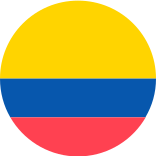
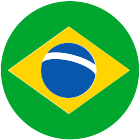
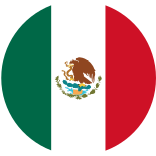
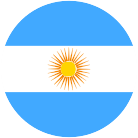

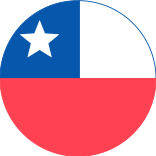




Comments